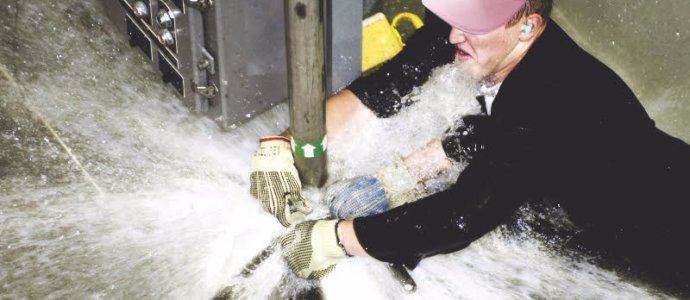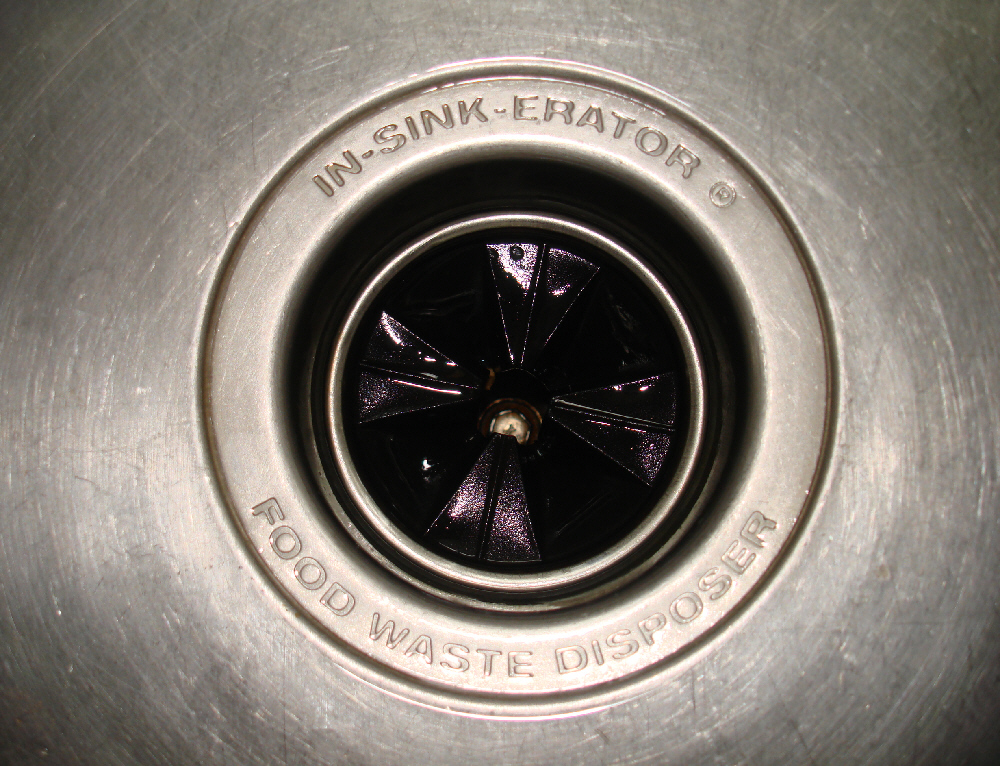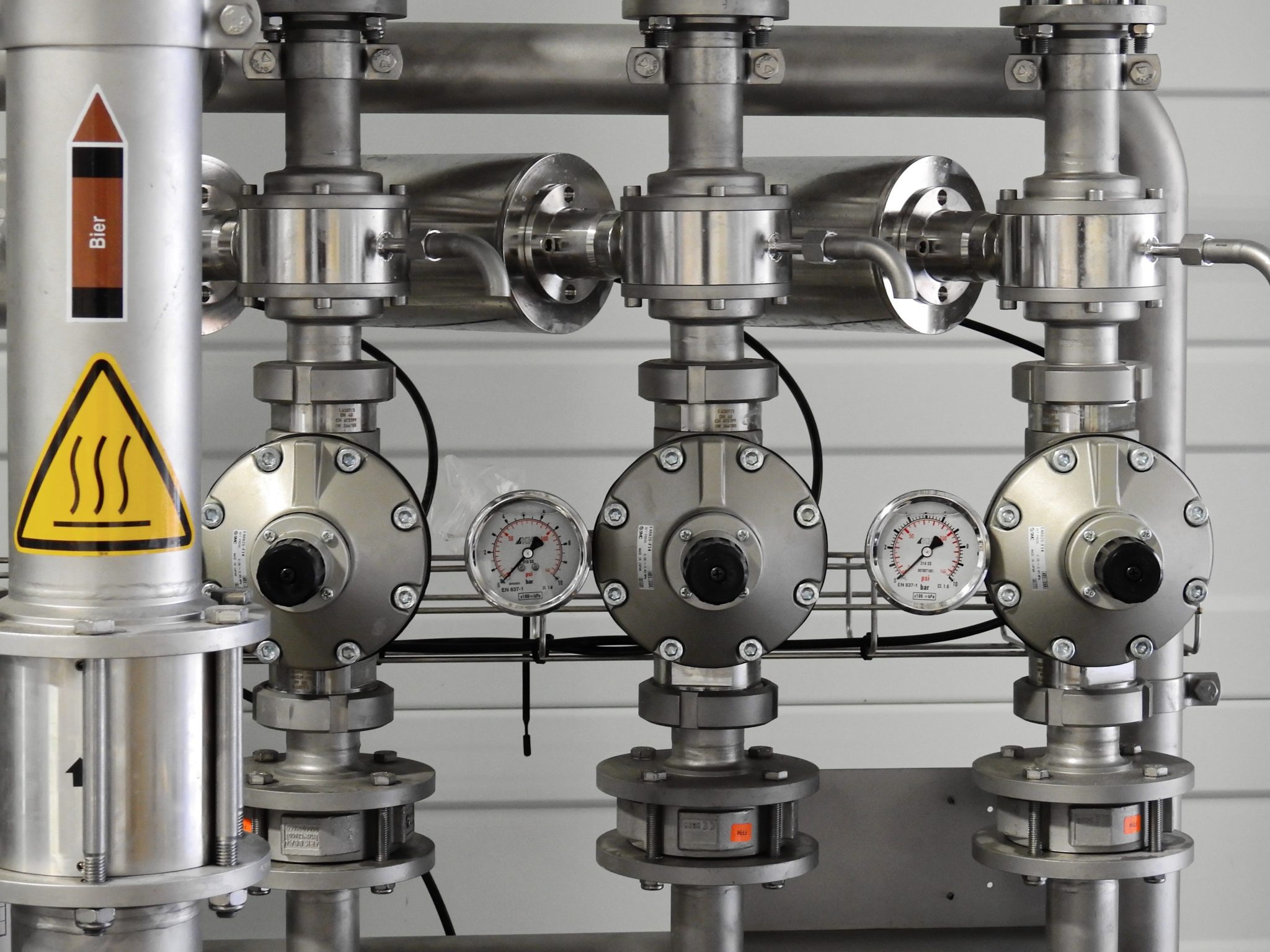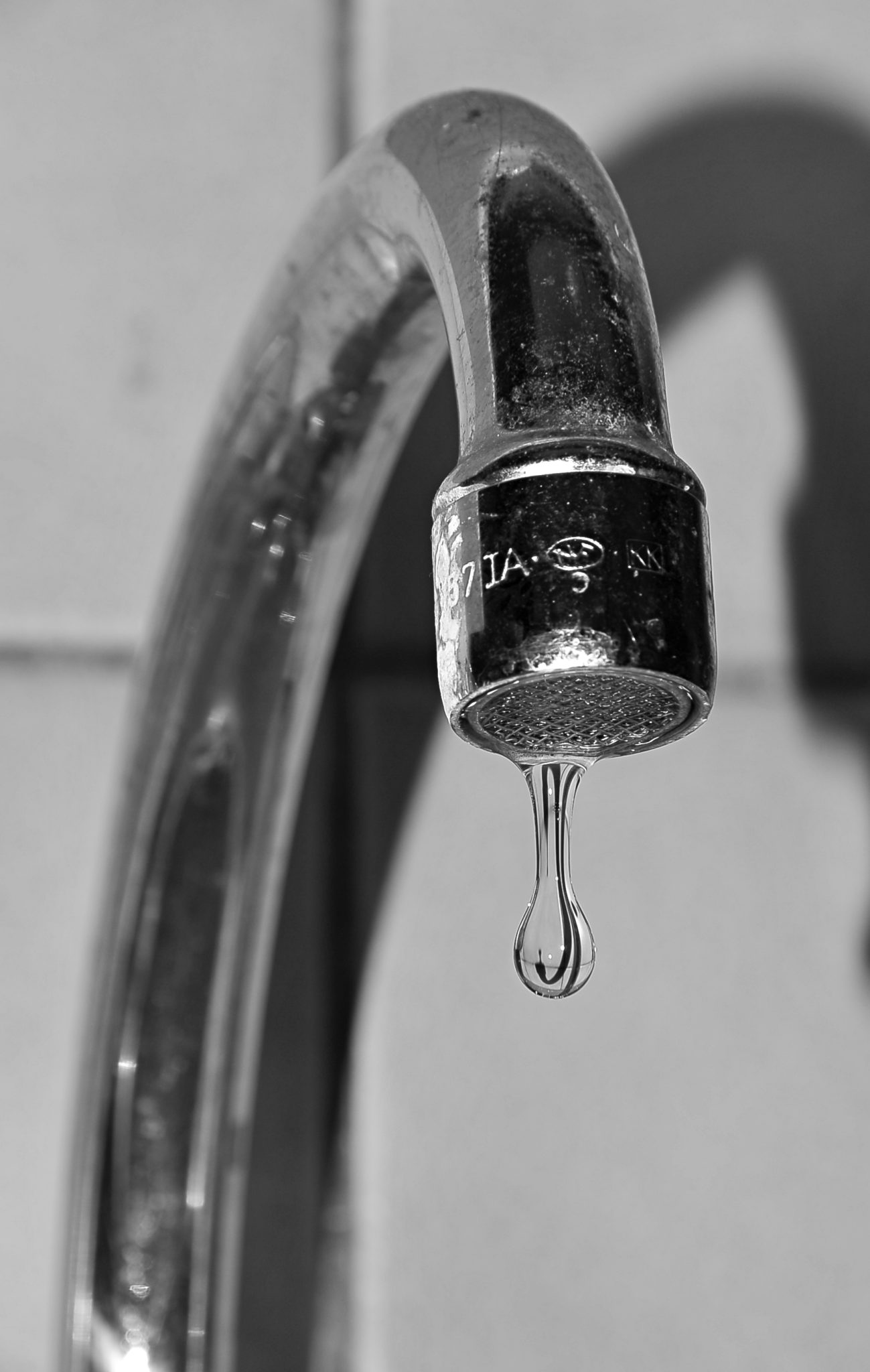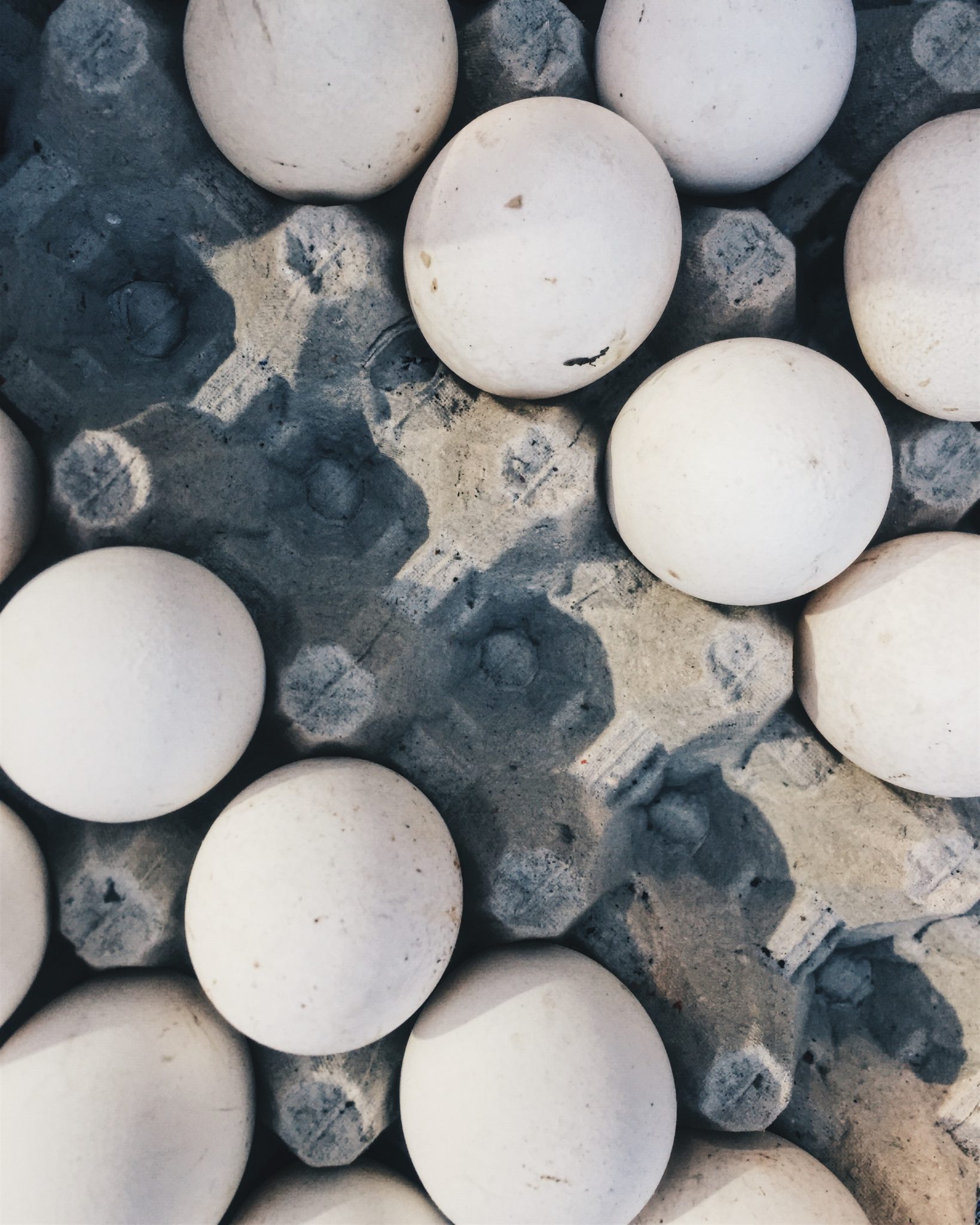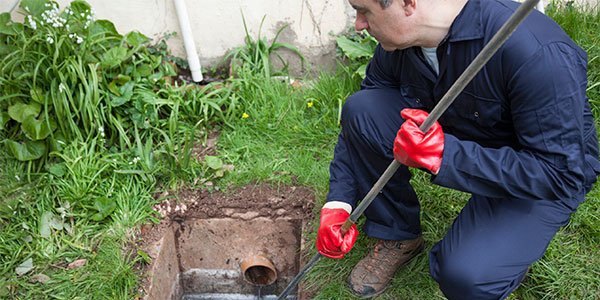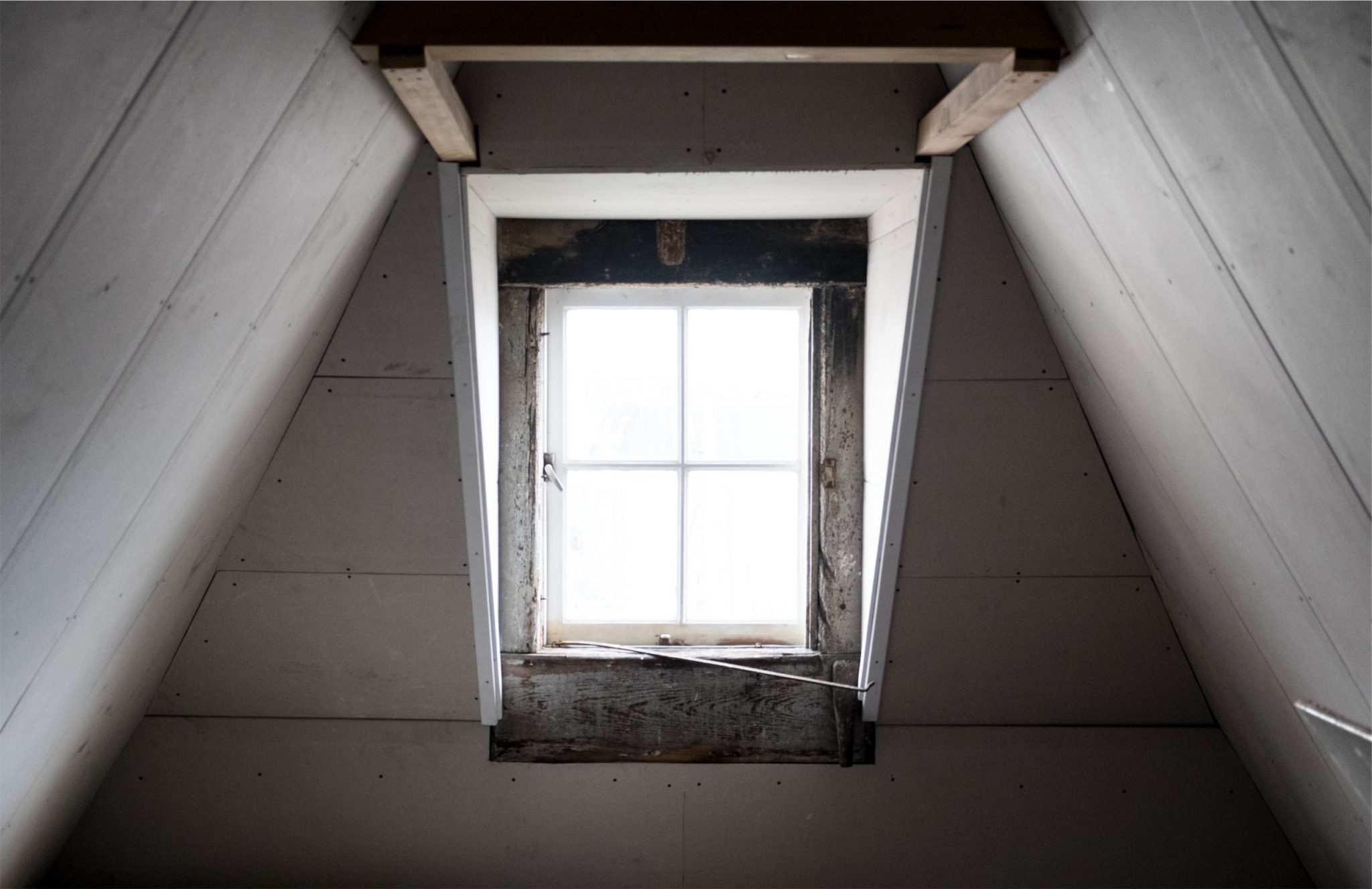Plumbing is an essential part of any home although it is something that most would pay attention to if something goes wrong. Ranging from leaks to busted garbage disposals, folks turn to temporary measures to address the problem and only call the professional plumbers once all else fails.
Aware of the multiple problems plumbing fixtures can cause, some household employ maintenance beliefs that have proven not to be entirely effective. Folks have been left under the impression that several of them actually improve their piping and fixtures but conversely cause more harm than good.
That said, below are some of the mythical stuff tied up to plumbing. Some may make sense although they do carry consequences that can be good or bad.
1. Placing bricks in the toilet to conserve water :
Making sure that the toilet properly functions is a must to ensure that water is not wasted. This includes making sure that the stopper closes properly to avoid water from continuously flowing.
The amount of water that goes through it is key. So would having less stored water be equivalent to savings? Using logic, it does make a bit of sense although it alters the proper water stored in the tank. Also, a brick dilapidates over time. At some point, it could affect parts of a toilet and end up wasting more water and money.
2. Limiting a dripping faucet prevents water bill from escalating :
A drip may not matter much but it does translate to unwanted expenses. Some have toyed with the notion that wrapping a piece of cloth or sticking a small piece of wood to somehow clog and lessen water that goes down could save some cents.
Small or not, such does not address the problem. The fact here is that unless a plumber actually stops the drip or leak, money is wasted.
3. Plumbing can be a simple DIY job :
Again, this belief is a temporary solution. Some could change faucets or pipes although some of the little things are overlooked. One example is the placement of Teflon to make sure that water does not seep through. Leaks may not show at first but eventually will due to continuous usage and fixture depreciation.
4. Flushable Wipes pose no threat :
There are some who claim that wipes are flushable. But the fact here is that they are still solid. Some assume that being branded as septic-safe translates to them being biodegradable. The truth is that despite those claims, they cause clogging just the same. Hence, the best way is to dispose of them the traditional way – that is through the waste can and not down the drain.
5. Flushing dead goldfish is safe :
Folks who take care of pet fish often find themselves wondering how to dispose of them. The common way for most is to flush them down the toilet. However, this is provided that they are really dead. Flushing living fish down while they are alive could lead to dire consequences such as affecting the eco-system which could end up being contaminated by them.
6. Plungers may not always save the day :
When clogs occur, the simple recourse is to use a plunger to free up the drain. It does resolve the problem at first but there is that chance that the blockage may get worse. Should recurring clogging happen, it would be best to seek the help of a professional plumber? Besides, it takes the stress and worries away once the actual reason for the clog is addressed right?
7. Egg shells or Ice cubes can sharpen garbage disposal blades :
Most believe that throwing down ice cubes or eggshells can benefit from a garbage disposal. However, this does not include sharpening them. Rather, ice cubes and/or eggshells can help resolve the bad odor garbage disposal may give out. But as far as sharpening the blades, this does not follow.
8. Pouring grease down the drain is helpful with boiling water :
There are certain forms of liquids that can be poured down the drain and some that should not. Grease or fats are one of the most common ones that are discouraged since they would end up clogging the pipes.
Although most are aware, adding some boiling water has led most to believe that clogged drains would be avoided. But the truth is that grease or any fat-containing liquid will compromise any sink. Boiling water does not really help meaning grease and other fatty substances should be disposed of using the trash bin and not through sinks.
There are plenty other plumbing myths going around such as a rumbling heater that could end up exploding or using lemon peels to freshen up stinky disposals. Like most of the enumerated ones above, they are either temporary measures or things that could lead to disaster, leaving most to possibly face higher repair costs than average.
When any plumbing related problem occurs, it would be best to call the pros for best (and reasonable) results. Some claim that they are never around when you need them, probably a reason why most should have their plumbing checked regularly – regardless if there are signs of issues or not.
Read Also :














